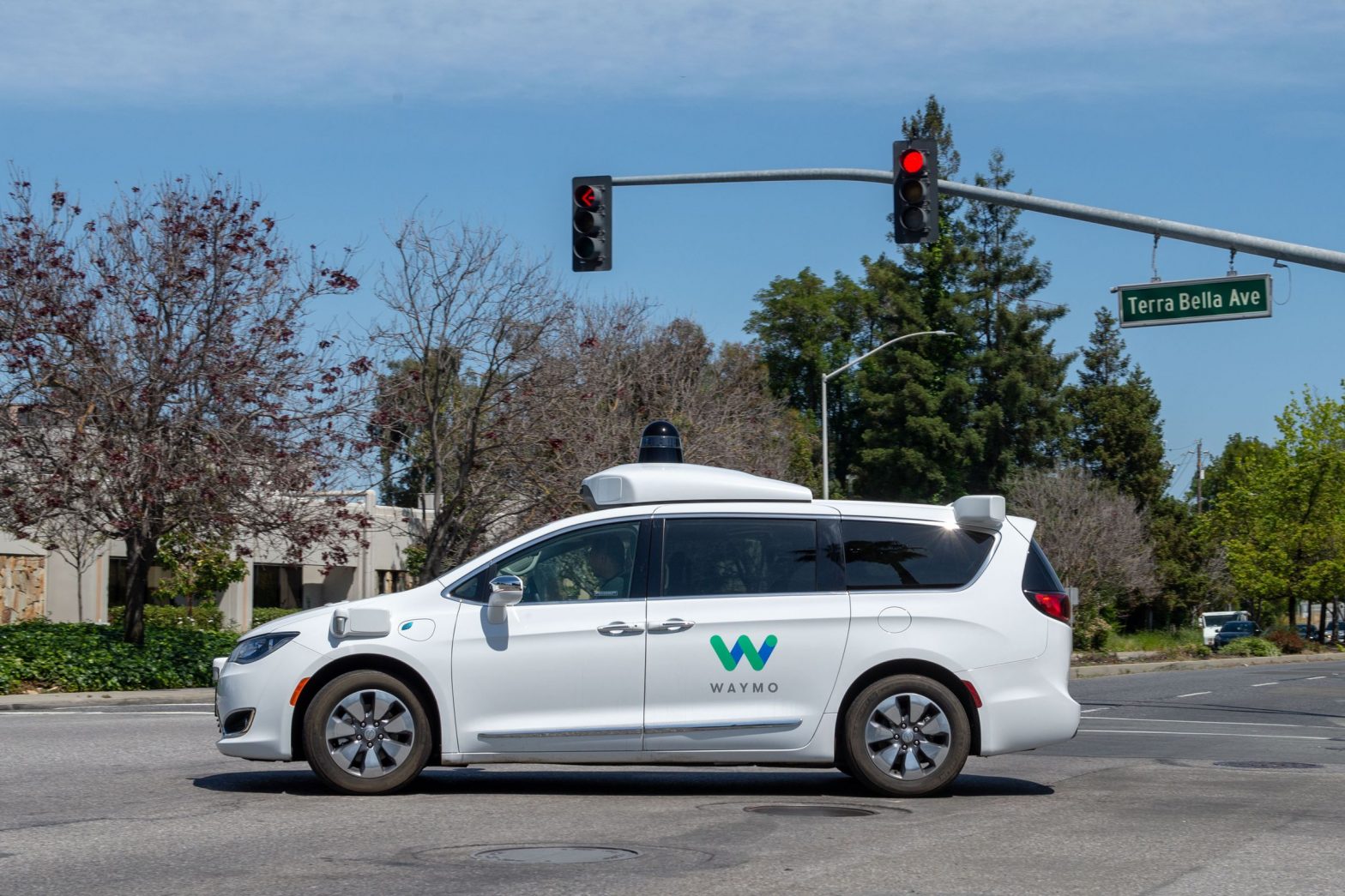/
The Alphabet company’s slow and steady approach to driverless technology continues to pay off, even as well-capitalized competitors fall by the wayside.
:format(webp)/cdn.vox-cdn.com/uploads/chorus_asset/file/24187968/1142125645.jpg)
Waymo keeps (driverless) trucking along.
The Alphabet division made a couple of announcements this week meant to highlight the progress — albeit incremental — of its robotaxis. The first was that, starting this week, anyone who downloads the company’s app can now hail one of Waymo’s driverless vehicles in downtown Phoenix. (The service was previously only available to the company’s “Trusted Tester” program of people from a wait list who sign nondisclosure agreements to get early access to Waymo’s vehicles in new service areas.)
The second was that the California Department of Motor Vehicles approved an amendment to Waymo’s permit to include driverless vehicles, which means the company has the green light to deploy fully autonomous vehicles as part of its Waymo One taxi service in cities like San Francisco.
Taken together, the announcements offer a balm for those in the AV sector who have grown increasingly skeptical that driverless cars — and more specifically, robotaxis — can ever truly become a real thing. Last month’s shuttering of Argo AI has left many in the industry feeling despondent about the future of AV technology. But Waymo’s slow and steady approach is a rare bright spot in an otherwise gloomy environment.
:format(webp)/cdn.vox-cdn.com/uploads/chorus_asset/file/24188084/DT_PHX_circle_v2.jpg)
The company still has a ways to go before it can credibly argue that there’s a sustainable business to be built up around driverless vehicles. Some are merely regulatory hurdles. For example, Waymo still needs to secure a driverless permit from the California Public Utilities Commission before it can start charging customers to ride in its fully autonomous vehicles in the state. Waymo’s rival Cruise already has one; Waymo is likely to eventually be approved as well.
And there are still questions about how quickly this technology can scale into a profitable service when it’s taken Waymo five years to grow its service map in Phoenix to include the downtown area. (The company first started testing its vehicles in the suburbs around the city in 2017.)
But if Waymo keeps notching these small victories, and Alphabet is still willing to fund the project at a loss (the company’s “Other Bets,” which include Waymo, lost a staggering $4.8 billion in 2020 and $5.2 billion in 2021), then there’s no reason to assume that its driverless vehicles won’t continue to pop up in cities in the years to come.
Los Angeles is likely next — and perhaps even New York City. On stages that big, it would be much harder for Alphabet to pull the plug without significant reputational damage.
